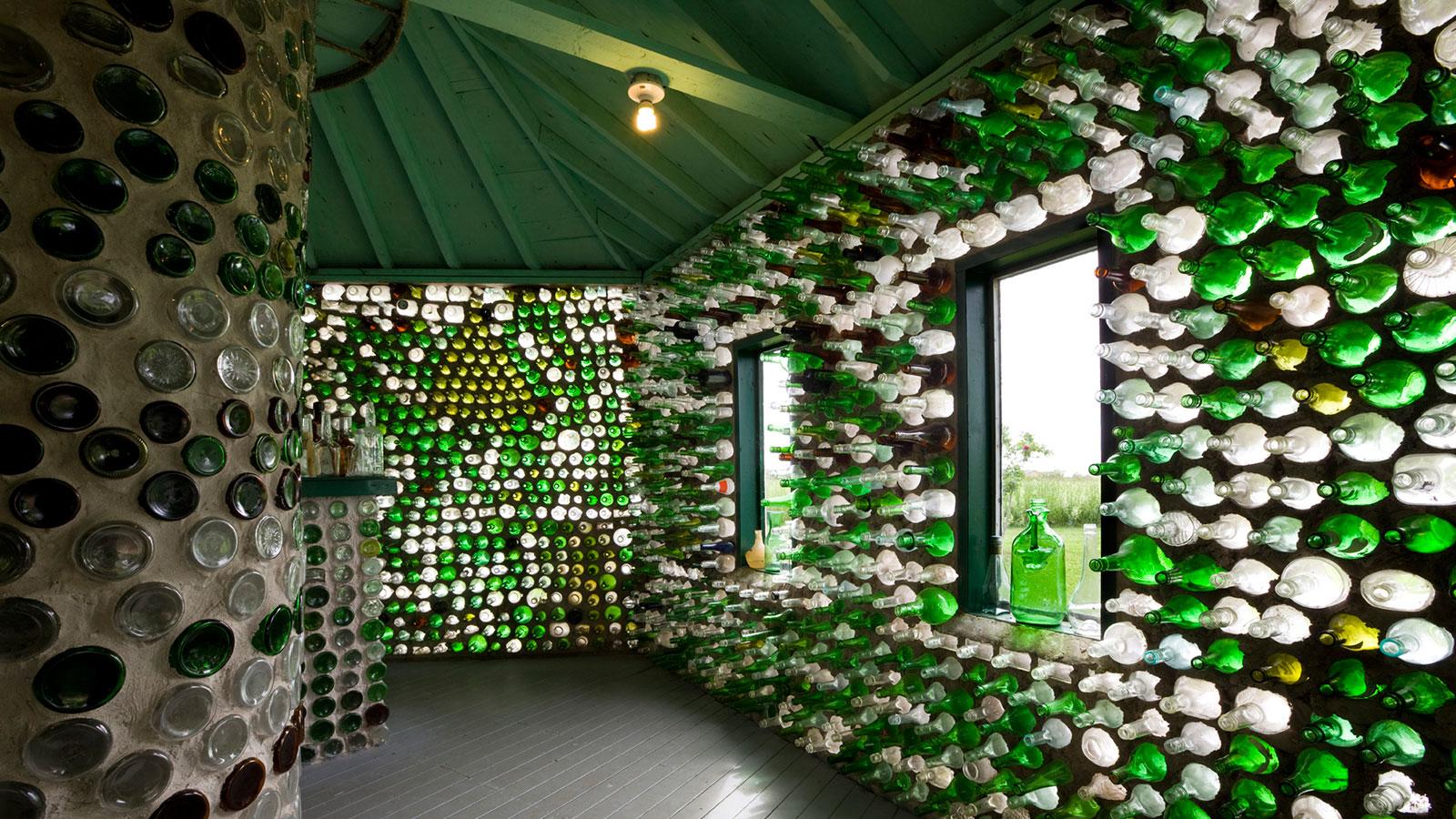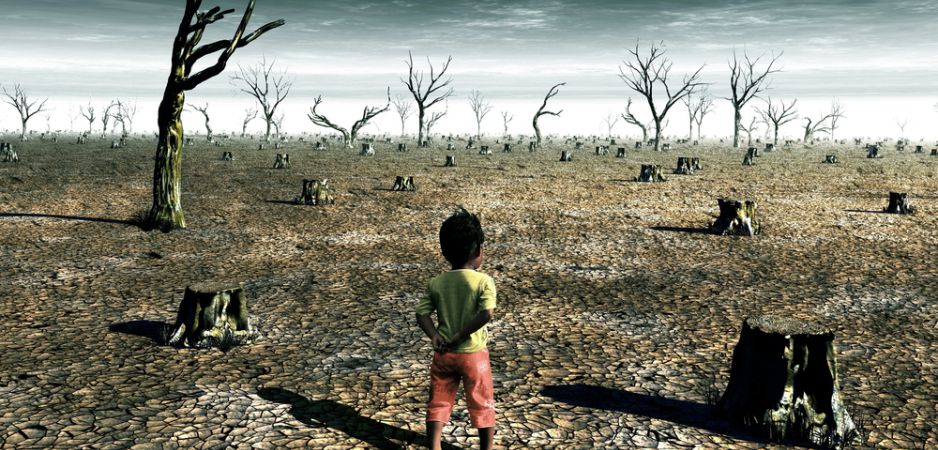Monday, March 26, 2018
Time To Reuse Those Recyclables
There have been multiple comments about reusing recyclable materials so I decided to go ahead and write about it. There are so many ways to help our environment and one of them is to reduce the waste of recycled materials. One great way to do that is by reusing these materials and there are so many out there that are not useful but really cool looking too.
These projects range from small projects to very large projects. From reusing glass jars for candles to plastic bottles for home walls, the possibilities are endless. Personally, I have reused reusable bags in my backyard for gardening as well as 2 liter bottles for certain herbs that will self drain extra water at the bottom. If you like gardening, I recommend looking into it. Also if you still use plastic disposable bags from the store, I recommend opting for using reusable bags. Disposable bags are not only bad for the environment but also litter our streets, I will write more about this at a later time.
These are just a few of the things you can do with recycled or reusable materials. Did you know that you can make furniture out of cardboard? You can and they actually look really awesome. I started working on a piece for my cats years ago but never finished it. There are buildings that are made out of plastic bottles, glass bottles, pallets, and so much more. Now, you may not be feasible for you to make an entire building from recycled materials in your own backyard but there are a lot of great DIY websites out there that can assist you with some ideas, if you are willing to tackle the task. I usually use Instructables, go check it out Remember that you are also helping the environment with some of these projects.
Here are a few links to check out:
Buildings Made From Recycled Materials
Cardboard Furniture
Creative Ways To Reuse Plastic Bottles
10 Items You Can Reuse Over and Over
Thursday, March 22, 2018
Ocean Acidification
The ocean covers approximately 70% of the earth's surface and that water is just taking in all of this CO2. It absorbs about a third of human made carbon dioxide and that is a lot, approximately 20 million tons of it on a daily basis. During the Industrial Revolution, from 1760 to about 1820-1840, we transitioned to using more machines. We started using more iron production, steam power, chemical manufacturing, and factories. These things became very popular and started to have an impact on the acidity of the ocean.
The ocean is approximately 30% more acidic than it use to be, since the Industrial Revolution. The ocean being too acidic is ruining the ocean's ecosystems. A lot of the world relies on the ocean for survival. People rely on the ocean for food, money, and to keep us safe. Coral reefs protect the coastlines from flooding and erosion. So without these reefs, that means more flooding and coastline erosion. In different parts of the world coral reefs are dying. The water is too acidic so they are having difficulty forming their shells, the reefs are being bleached from warmer temperatures, and you can even say that some coral reefs are basically "cooking".
The ocean being too acidic is a real problem and one that harms not only the species living in the sea, but us as well. We can make a change and help out our environment. Reducing Your Carbon Footprint
Wednesday, March 21, 2018
Temperatures On Earth
For those of us who are older or know people that are older, it is interesting to ask them about how the weather is different from say twenty years ago or fifty years ago. I had a talk with my grandmother about the weather on her most recent visit, seeing as she is in her late nineties, she has experienced a lot. She talked about the difference in how the weather has been in the past few years compared to when she was a child or even how different it is from when she was in her mid adulthood. She has experienced the change in our planet first hand. She told me she worries for future generations.
Over the past few years I have done some research on what is going on. I have article upon article and research after research about what is causing our climate to change. The fact is, one big problem that affects our climate is pollution. CO2 emissions, methane, human-made aerosols, and overall pollution has contributed to where our climate is today. Below I'm providing some visuals of change.
Here is a link with a video that shows the progression of the earth's surface temperature changes from 1950-2013. Video: Global Temperature Variation
NASA has a great site that shows images of how the earth has changed over time. NASA Images of Change
Sunday, March 18, 2018
The Rising Sea
There are cities around the world that have been dealing with the affects of the rising sea first hand. One place that comes to mind is the Mekong Delta which is located in Vietnam, generations of rice farmers have had to look to providing for their families through other means. Since the rising saltwater has gotten into their rice crops, they have had to turn to shrimp farming instead. The ground is just too salty to continue to be able to do what generations of their family have done. Even here in the US we are seeing an impact, certain parts in Florida have had their freshwater sources contaminated by ocean water. When this happens it is essentially contaminating the water, rendering it useless with what it was intended to be used for.
Though this process may seem like a slow one, it is still impacting us now and will be worse for future generations. By being aware of the issues that impact our environment and what make climate change worse, we can make an change. Look online for multiple ways to help reduce your carbon footprint, but at this link it has some info as well: How you can stop global warming. Together we can help slow the rising sea levels.
Monday, March 5, 2018
Recycling Glass
This post is inspired by a comment on my blog, the topic of recycling. Another blogger brought up the point about recycling glass and how it may or may not be recycled locally (Las Vegas). This made me investigate the issue, since I knew about recycling but maybe I missed the details about the recycling of glass.
Not all places in the United States recycles glass, Las Vegas fortunately is a place that does recycle glass. Certain types of glass products are still not recyclable though. Here is a link that shows what is recyclable and what is not recyclable (What Can I Recycle?). This brings up the question, why is glass such a controversial topic when it comes to recycling?
There are a number of reasons glass is not allowed to be recycled in some areas and just a pain to recycle in the areas it can be recycled.
Here are some of the popular arguments out there against recycling glass:
The pros of recycling glass:
In conclusion, we may not be able to recycle every piece of glass we have but recycling bottles and jars definitely helps the environment. Feel good the next time you recycle a bottle and when you have a mirror or set of plates you no longer want or need, find it a new home instead of opting to toss it in the trash.
Not all places in the United States recycles glass, Las Vegas fortunately is a place that does recycle glass. Certain types of glass products are still not recyclable though. Here is a link that shows what is recyclable and what is not recyclable (What Can I Recycle?). This brings up the question, why is glass such a controversial topic when it comes to recycling?
There are a number of reasons glass is not allowed to be recycled in some areas and just a pain to recycle in the areas it can be recycled.
Here are some of the popular arguments out there against recycling glass:
- It is dangerous for workers to handle, especially when it breaks.
- It is not cost effective and the return on investment, ROI, is not there like it is with other recycled materials.
- Different types of glass are heated at different temperatures so not all glass products can be recycled together.
The pros of recycling glass:
- Helps the environment by reducing CO2 emissions by making more recycled glass that can be reused.
- Conserves the land, by not having to go gather more raw material.
- It won't fill our landfills up.
- It can be recycled over and over again.
In conclusion, we may not be able to recycle every piece of glass we have but recycling bottles and jars definitely helps the environment. Feel good the next time you recycle a bottle and when you have a mirror or set of plates you no longer want or need, find it a new home instead of opting to toss it in the trash.
Subscribe to:
Comments (Atom)
Web 3.0
Web 3.0, to my understanding, is an upgraded version of Web 2.0. It will change how we currently interact with websites and those that a...

-
There have been multiple comments about reusing recyclable materials so I decided to go ahead and write about it. There are so many ways...
-
When thinking about the environment, there are a few things that come to mind right away. One of those things is climate change and how...
-
So, this is my first post on this blog and I am excited to be starting it. I am planning on writing about issues with the environment, ...





